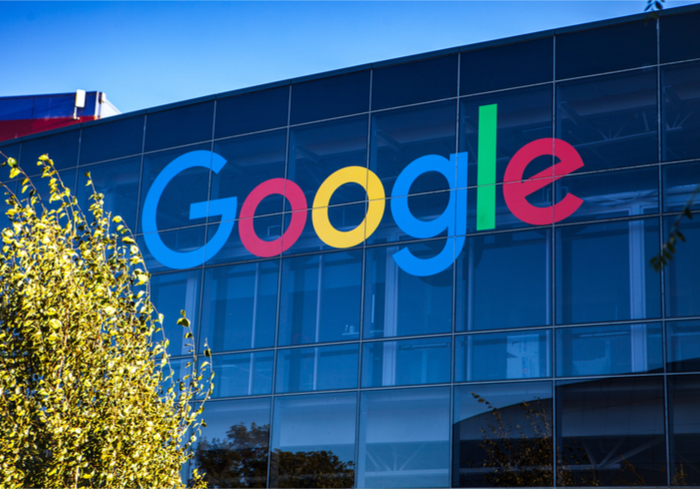Retail Pulse: Google Mulls Chicago Flagship; Sam’s Club Repurposed For eCommerce

It’s not uncommon for online brands to open brick-and-mortar stores, and it seems that Google may be the latest digitally native brand to take the plunge into offline retail. The company is reportedly looking to bring a two-story flagship store to the Windy City, according to the Chicago Tribune.
The plans are not set in stone, but the paper reported that Google is “close to finalizing a lease” for multiple conjoined brick buildings in the city’s Fulton Market neighborhood. Google itself is no stranger to the area: The company already has over 900 employees working at its Midwest headquarters in the city. But the potential store is a new channel for the tech company, whose brick-and-mortar presence appears to be limited to stores within other stores or pop-up shops.
In the past, the Chicago Tribune noted that retail and technology experts had thought Google would build stores to create a place to highlight its electronics. The company now has a plethora of high-tech gadgetry for consumers, such as smartphones, thermostats and Google Home. As for concrete plans for the potential store, a Google spokesperson would only tell the paper that the company doesn’t “comment on rumor or speculation.”
But if Google’s plans do come to fruition, the company would join a growing list of digitally native brands seeking to grow a brick-and-mortar footprint to highlight their products and boost online sales as customer acquisition costs have risen. Recently, Casper, which already has retail stores, said it was planning to open 200 physical locations. And the company is already seeing the benefits of brick-and-mortar retail: Its acquisition costs have fallen, in part, due to its new stores. As Casper CEO Philip Krim told The Wall Street Journal, “it’s a way to educate new consumers.”
Casper’s opening comes about five years after eyeglass retailer Warby Parker arguably pioneered the strategy of eCommerce retailers opening brick-and-mortar stores. In 2013, the retailer opened the doors of its first physical store in New York to meet customer demand for a place to try on their glasses. To help gain exposure and customer insights, the retailer is aiming to have approximately 100 stores in the U.S. by the end of 2018.
Beyond Warby Parker and Casper, Amazon has also brought brick-and-mortar stores into the mix: In 2015, the retailer opened the doors to its first physical bookstore located in Seattle. And, about three years later, the company opened a cashier-less convenience store in Seattle. Why is Amazon building brick-and-mortar stores? According to Fortune, the company may be looking to showcase its gadgets – like experts think Google would do – or perhaps build loyalty. Will Google’s planned store come to market, and will the tech company open a collection of stores like Warby Parker, Casper or Amazon? Time will tell.
In Other Brick-And-Mortar News
Kroger, in partnership with self-driving car startup Nuro, is reportedly ready to take the next step in grocery delivery by putting an autonomous vehicle on the road to get the job done in Scottsdale, Arizona. The move comes a few months after the two firms announced they would be working collaboratively to launch same-day delivery.
A single Fry’s Food and Drug is said to be the focus of the Scottsdale test. Customers will be given the option of placing a same-day or next-day order via the mobile app. There isn’t reportedly a minimum order size, but all orders are said to come with a flat fee.
Sam’s Club plans to convert a former store outside of Chicago into a fulfillment center for eCommerce orders. The new facility will be the company’s second distribution hub converted from a former store, the Chicago Tribune reported.
Once completed, the new center will serve as a regional hub for Sam’s Club online orders and will cover several hundred miles around Chicago. The hub will staff at least 70 workers — a headcount that could rise to 140 at peak times. As of now, the company is planning to have the hub up and running by the end of 2018.
Home Depot posted record-breaking Q2 results that were well ahead of Wall Street expectations. By the numbers, the retailer reported $3.05 earnings per share (EPS) vs. the $2.84 analysts were looking for pre-release. Revenue was up $30.46 billion, beating out the $30.03 billion anticipated.
In terms of Home Depot’s stores, sales on a per-square-foot basis climbed 8.6 percent during the quarter, according to the retailer. The retailer also said the average shopper’s ticket jumped 5 percent to $66.20, and customer transactions were up 3.1 percent overall.